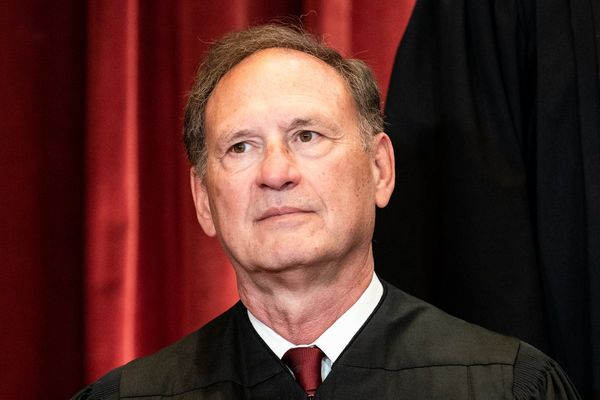
Fewer trains are expected to run through a $15 billion tunnel in peak periods than promised, as a day-one timetable is firmed up.
Melbourne's Metro Tunnel has been sold as a "turn-up-and-go network" since its inception, with former Victorian premier Daniel Andrews declaring trains would run every two minutes.
But leaked figures, published by the Herald Sun, suggest there is likely to be 33 fewer trains running each peak hour than modelled in the 2016 business case due to unfulfilled upgrades.
The state opposition seized on the numbers, declaring Labor's signature project has turned into a "monumental stuff-up" following cost blowouts and a CFMEU-linked "ghost shifts" scandal.
"The Craigieburn line was meant to have 16 extra services, that's cut back to 10," opposition major projects spokesman Evan Mulholland told reporters on Wednesday.
"Here on the Upfield line at Gowrie we were meant to have additional services, now it remains the same with just four peak hour services."
The mega project will connect the busy Sunbury, Cranbourne and Pakenham lines through twin nine kilometre tunnels under the city.
Transport Infrastructure Minister Gabrielle Williams was sticking to the line that it would provide turn-up-and-go services and free up 45 per cent capacity within the City Loop.
The timetable was "under construction as we speak", she said.

"From the Metro Tunnel, the commitment we are able to make to Victorians is that service delivery will only grow."
The tunnel's cost-to-benefit ratio was originally calculated to be 1.1, meaning $1.10 in economic benefits for every dollar spent.
But that figure was based on its original budget of $10.9 billion, which has blown out to $13.48 billion for taxpayers and beyond $15 billion in total.
Ms Williams defended the analysis, suggesting the tunnel paved the way for other network enhancements such as train turnback facilities, track duplications and signalling upgrades.
"You don't build the second storey of a house before you build the first storey," she said.

Public Transport Users Association spokesman Daniel Bowen said the government must invest in more frequent services and minor infrastructure changes for Metro to reach its full potential.
"Some lines such as Upfield have an underwhelming service in peak, with trains mostly only every 20 minutes," he said.
"It's also vital that the government boosts services outside peak hours, when passengers can be waiting 20, 30, even 40 minutes for trains.
"This is completely inadequate for a city of Melbourne's size."
Major construction on three of the five new underground stations at Anzac, Town Hall, State Library, Parkville and Arden has finished and commuters have been told they'll be able to ride the line before the end of 2025 but Ms Williams remains tight-lipped on the exact date.
"In no time, Melburnians are going to wonder what we ever did without it," she said.
Sydney Metro opened to massive fanfare in August and the Allan Labor government will be desperate for a popularity boost ahead of heading to the polls in November 2026.







